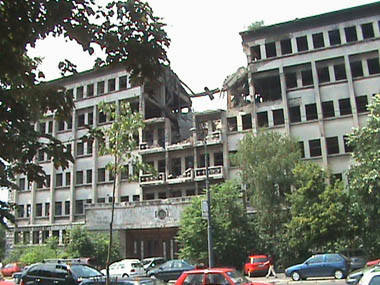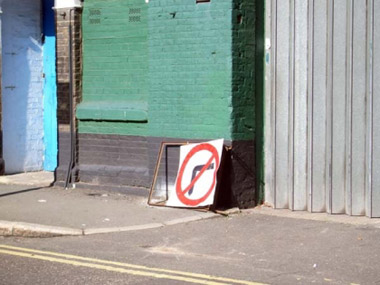Dr Andrew Harris
This module explores how and why the idea of the creative city has come to play a key role in theorizing and planning contemporary urban development. We will consider different ways that culture has been conceived in understandings of recent urban change, and we will explore how a premium is increasingly placed on practices and activities associated with creativity in urban regeneration policies. An emphasis throughout will be placed on analyzing creative cities as distinctive social and political formations. Historical and contemporary examples will be investigated ranging from London, Paris and New York to Buenos Aires and Mumbai. This broad comparative frame combined with a wide interdisciplinary scope will enable new and important critical perspectives to be developed on the current role of creativity and culture in urban policy-making.
Aims- To consider key approaches that theorise the relationship between culture and economy in urban change.
- To emphasise the actors, institutions and social milieus involved in fostering, identifying and promoting urban creativity.
- To introduce greater geographical diversity to the study of creative cities, with a focus on the everyday as well as the iconic, the suburban in addition to the inner-city, and potential sources of learning from cities in the global South.
- To explore the role of cultural landscapes in mediating new forms of urban creativity.
Objectives- To consider new interdisciplinary approaches to understanding the creative city, bringing together work located not only in urban planning, political economy and geography, but art history, cultural studies and sociology.
- To develop critical and intellectual skills to help challenge and rethink assumptions underlying the creativity agenda within urban studies.
- To use field visits in London as a way of detailing and assessing wider debates around the creative city.
- To create a student-researched web-based resource of case-studies and examples of best practice.
Suggested preliminary reading:Currid, E., 2007. The Warhol Economy: How Fashion, Art, and Music Drive New York City, Princeton University Press.
Edensor, T. et al. (ed.) 2010. Spaces of Vernacular Creativity: Rethinking the Cultural Economy, London: Routledge.
Florida, R., 2002. The Rise of the Creative Class: And How It's Transforming Work, Leisure, Community and Everyday Life, New York, NY: Basic Books.
McGuigan, J., 2009. Cool Capitalism, Pluto Press.
Miles, M., 2006: Cities and Cultures. London: Routledge
Oldfield Ford, L. 2011: Savage Messiah, London: Verso.
Scott, A., 2000. The Cultural Economy of Cities: Essays on the Geography of Image-Producing Industries, London: Sage.
Simone, A., 2004. For the City yet to Come: Changing African Life in Four Cities, Durham: Duke University Press.
Yudice, G., 2004. The Expediency of Culture: Uses of Culture in the Global Era,Duke University Press.
Zukin, S., 1988 [1982]. Loft Living: Culture and Capital in Urban Change, London:
Radius.

